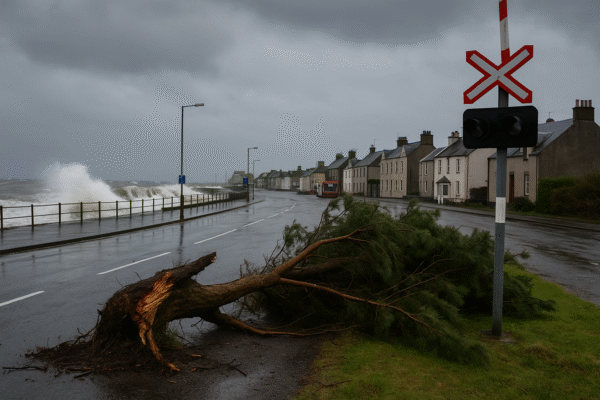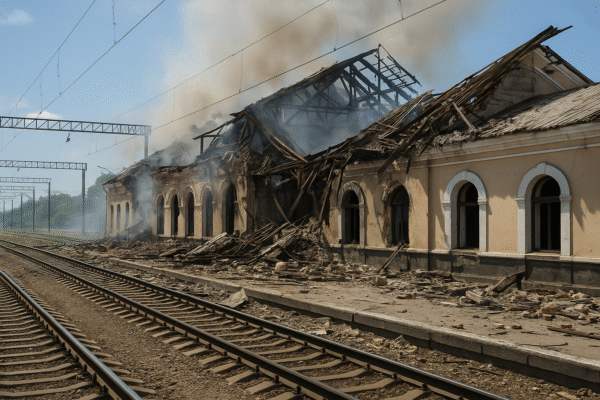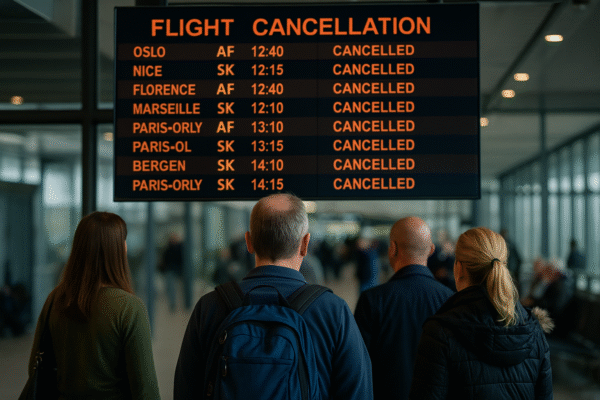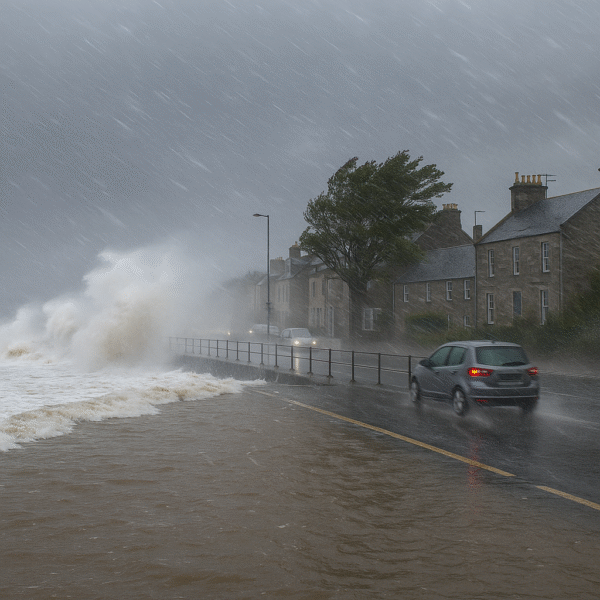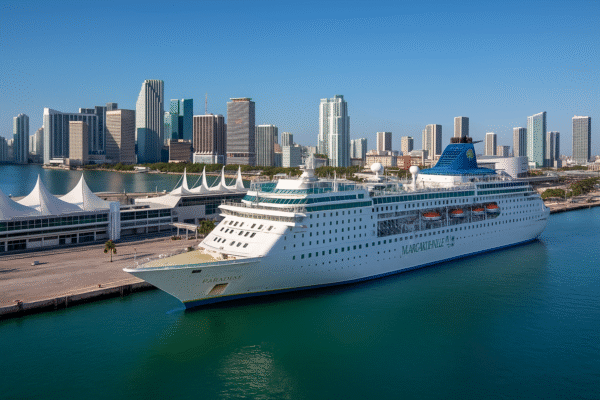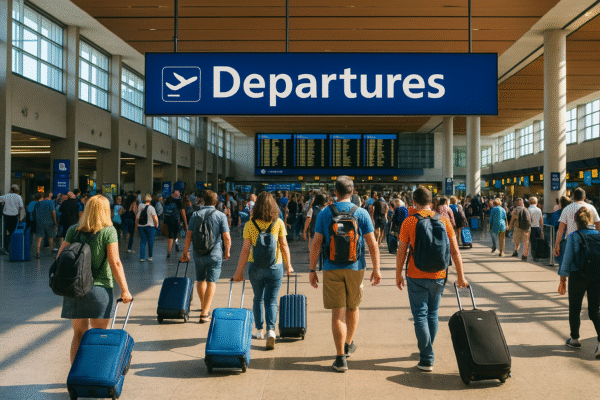Travelers across Europe are facing widespread flight cancellations and delays as severe weather disrupts major air routes in France, Norway, Denmark, Germany, and Switzerland. Strong winds, heavy rainfall, and low visibility have forced airlines to ground flights, creating chaos at key travel hubs. Air France and SAS Link have been among the most affected carriers, cancelling multiple routes and stranding passengers at airports from Paris to Oslo.
The scale of disruption highlights how vulnerable air travel remains to extreme weather events, particularly during peak travel seasons when airports are already stretched. Passengers are being urged to stay updated on flight information and to prepare for longer waiting times, as more delays are expected in the coming days.
Air France Hit Hard by Stormy Conditions
Air France, one of Europe’s largest carriers, has been heavily impacted by the weather conditions. The airline reported seven cancellations and more than 50 delays, affecting thousands of travelers. Key routes between Paris and cities such as Athens, Florence, Marseille, and Nice were cancelled, leaving many passengers scrambling for rebookings.
At Charles de Gaulle Airport in Paris, one of Europe’s busiest hubs, long queues formed as travelers waited for updates. Delays and cancellations spread quickly to other French airports including Orly, Marseille Provence, and Nice Côte d’Azur, disrupting both domestic and international connections.
Despite the challenges, Air France has pledged to support passengers with rebooking options, meal vouchers, and accommodation where possible. The airline also emphasized that safety remains its top priority, with decisions to cancel flights made in response to hazardous conditions.
SAS Link Struggles With Scandinavian Routes
Scandinavian airline SAS Link has also been hit, with six flight cancellations reported. Routes connecting Oslo, Bergen, Copenhagen, and Nice were most affected, straining travel across northern and central Europe.
Cancellations included popular weekend services between Oslo and Bergen, as well as routes linking Copenhagen with Bergen and Vilnius. Passengers flying between Scandinavia and southern Europe faced particular disruption, as storm conditions made it unsafe to operate flights across affected regions.
Although SAS Link avoided widespread delays beyond the cancellations, the impact was still significant. Many travelers were forced to seek alternative connections or reschedule plans, creating a ripple effect across airports in Norway and Denmark.
Key Airports Bear the Brunt
Several major European airports became epicenters of disruption:
- Charles de Gaulle (CDG) and Orly (ORY) in Paris: Hundreds of travelers faced delays as Air France cancelled flights to both domestic and international destinations.
- Oslo Gardermoen (OSL): SAS Link’s cancellations impacted Scandinavian travel, particularly routes south to France and Italy.
- Nice Côte d’Azur (NCE): Flights operated by both Air France and SAS Link were affected, causing difficulties for leisure travelers heading to the Mediterranean.
- Copenhagen (CPH): Scandinavian connections were severely strained, with cancelled services to Bergen and Vilnius.
- Marseille Provence (MRS): Several flights linking Marseille with Paris were cancelled, further disrupting France’s aviation network.
These disruptions created a domino effect across Europe’s aviation system, as missed connections and diverted flights added pressure on already crowded terminals.
Why Weather Is Disrupting Flights
Meteorologists reported strong winds, thunderstorms, and heavy rainfall across parts of northern and central Europe, reducing visibility and making flying conditions unsafe. Severe weather systems have been moving across the continent, particularly affecting coastal and mountainous regions in Scandinavia and southern France.
For airlines, safety is paramount. When conditions exceed safe operating limits, flights are either delayed until conditions improve or cancelled altogether. While frustrating for passengers, experts stress that such measures prevent accidents and ensure traveler safety.
Advice for Affected Passengers
Travel experts recommend that travelers across Europe take proactive steps to manage the disruptions:
- Stay Updated: Check flight status frequently through official airline apps or airport boards. Sign up for SMS or app alerts where available.
- Check Weather Forecasts: Keep track of storm warnings and forecasts for both departure and destination cities.
- Have a Backup Plan: Ask about alternative routes or airlines if your flight is cancelled. Trains and buses may also serve as alternatives within Europe.
- Pack Essentials: Bring snacks, water, and entertainment to help cope with long waiting times.
- Know Your Rights: European air travel regulations often entitle passengers to compensation, meal vouchers, or hotel stays if delays and cancellations meet certain thresholds.
Both Air France and SAS Link have advised passengers to avoid going to the airport unless their flight status is confirmed as operating.
Outlook for the Coming Days
Weather forecasts suggest that stormy conditions will persist across parts of Europe throughout the weekend, meaning more disruptions are likely. Meteorologists warn that high winds and thunderstorms could affect additional routes, putting more strain on already impacted hubs.
Travelers planning journeys in the coming days are advised to allow extra time, keep in constant contact with their airline, and be prepared for itinerary changes. While airlines and airports are working to minimize disruptions, the unpredictable nature of severe weather means that the situation remains fluid.
Conclusion
Severe weather has once again highlighted the fragility of Europe’s air travel network, with Air France and SAS Link forced to cancel flights across multiple countries. The ripple effect has left thousands of passengers delayed or stranded, underscoring the importance of flexibility and preparedness when traveling during turbulent conditions.
As Europe braces for more storms, travelers are reminded to stay vigilant, informed, and patient. While the chaos has disrupted holiday plans and business trips alike, safety remains the priority for airlines and airports navigating this challenging weather event.
For more travel news like this, keep reading Global Travel Wire




